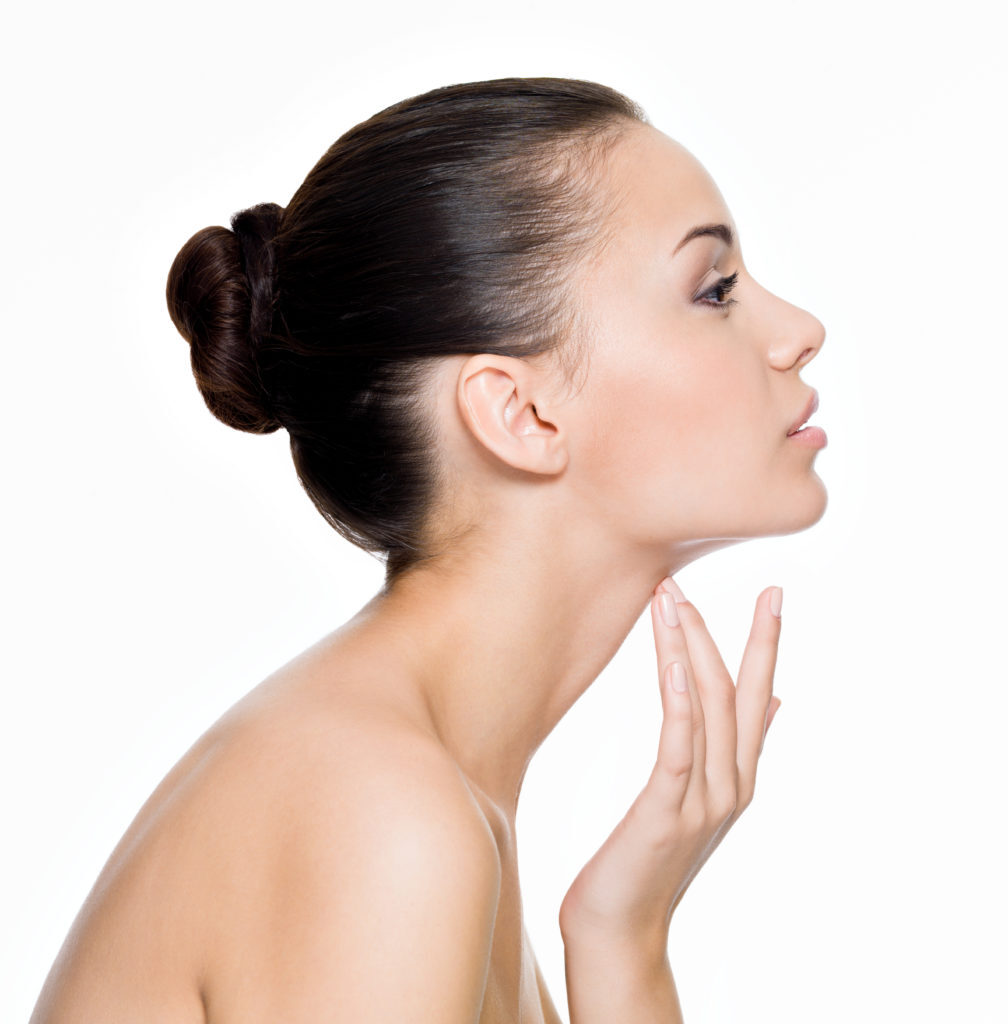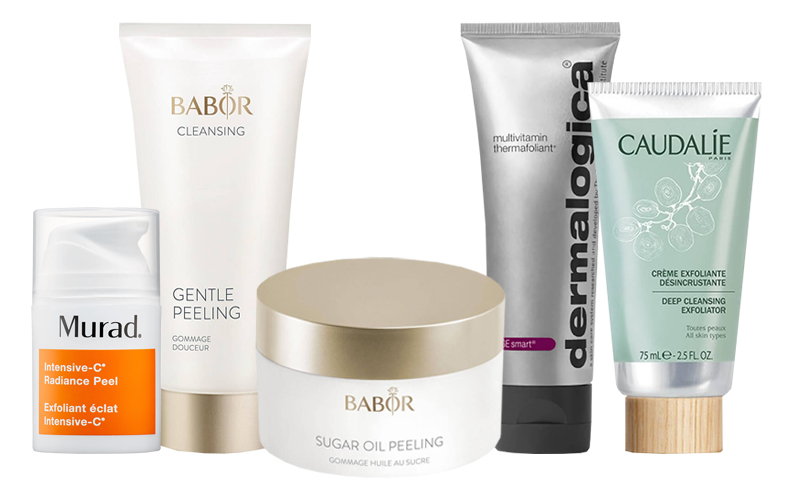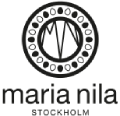
The right peeling…
A good child has many names. The same goes for this skin-optimizing treatment. You’ve definitely heard of exfoliation and you’ve most likely tried it, but how much do you really know about this skin care technique?Written by: Sonja, UK Marketing - 17th Juni 2024
A good child has many names. The same goes for this skin-optimizing treatment.
You’ve definitely heard of exfoliation and you’ve most likely tried it, but how much do you really know about this skin care technique?
Why should I exfoliate?
Exfoliating removes dead skin cells, stimulates cell renewal and ensures optimal blood circulation. This way you will have much healthier skin and this is also a great defense against signs of aging.
The dead skin cells that lie on the surface of the skin are slowly shed and this pace can be adjusted a little faster. By scrubbing away the dead and grey skin you will notice that the skin becomes clearer and has a much nicer and healthier glow.
Also for those of you who are prone to clogged pores, exfoliating is a really good tool. By exfoliating the surface of the skin a few times a week you ensure that the ducts in the skin are not clogged and the sebum can easily come out and not build up in the skin and eventually become a blackhead or pimple.
How often should I use a peeling?
Most peels should be used 2-3 times a week for optimal results, but always read the directions on the product.
My skin is sensitive, can I still exfoliate?
Despite having sensitive skin, you are welcome to exfoliate, but in some cases the skin may be so sensitive that you should avoid mechanical exfoliation and use chemical or enzymatic exfoliation.
Below you can see which exfoliator is perfect for your skin.
Dry and dehydrated skin: Babor Cleansing Sugar Oil Peeling is an oily, balm-like mass with large sugar grains that nourish and exfoliate. The product leaves the skin nourished and supple.
Oily and impure skin: Murad Reform Skin Smoothing Polish is ideal for anyone who wants an exfoliator with small grains. It also contains glycolic and salicylic acid, which loosen fat and sebum from the skin.
Rough and uneven skin: Caudalie Deep Cleansing Exfoliator contains small natural microbeads made from corn that effectively polish the irregularities (often blackheads) on the nose and elsewhere. Grapefruit, mint and sweet orange give a feeling of well-being and make the skin smooth and free of impurities.
Sensitive and delicate skin: The Babor Cleansing Gentle Peeling is suitable for all skin types, including sensitive skin. Fine, rounded peach stones gently exfoliate, while plant lipids have a moisturizing effect on the skin.
Pigmented skin: Murad Environmental Shiels Intensive-C Radiance Peel is a super ideal option. Most peels have some effect on hyperpigmentation, depending on the cause of your pigment spots.

Different Types of Exfoliators
Mechanical Exfoliation – Exfoliating or Scrubbing with Physical Material: A mechanical exfoliator is a product that contains grains, organic material, beads, or other things that are used, among other things, to remove dead skin cells.
Skin Types That Can Use Mechanical Exfoliators:
- Classic combination skin
- Normal skin
- Oily skin
- Dry skin
- Mature skin
Chemical / Fruit Acid Peeling – Acid-Based Peeling:
A chemical peel is a form of peeling that uses acid to “etch away” the dead skin cells. Fruit acid is a chemical peel that is used extensively in our professional and private skin care today. The chemical peel is unique because it penetrates much deeper into the skin than any other peel. It can therefore also solve some problems that mechanical and enzymatic peeling cannot because they do not work as deeply into the skin.
Skin types that can use chemical/fruit acid peels:
- Classic combination skin
- Normal skin
- Oily skin
- Dry skin
- Blemished skin
- Mature skin
- Sensitive skin
Enzyme – Basic peeling that dissolves dead skin cells and skin adhesions:
An enzyme peel works on the surface of the skin and is ideal for reducing blackheads, uneven texture and a dehydrated surface. The enzymes break the bonds between the dead skin cells so that after use you can “wash away” everything tired and dull.
Skin types that can use enzyme peels:
- Classic combination skin
- Normal skin
- Oily skin
- Dry skin
- Mature skin
- Blemished skin
- Sensitive skin
What is microplastic and does it occur in products?
What is microplastic?
Microplastics are very small plastic particles that are between 1 micrometer and 5 mm in size. It is not only found in cosmetics, but is also contained in the air around us, in the water in our gardens and in our food.
Why microplastics in care products?
Microplastics have so far been a frequently used ingredient in skin care products, especially as abrasive grains in body and face scrubs, among other things.
If you want to avoid microplastics in your products, you should avoid the following ingredients:
- Polyethylen (PE) PMMA
- Polyethylene terephthalate (PET)
- Polypropylene (PP)














Validate your login
Sign In